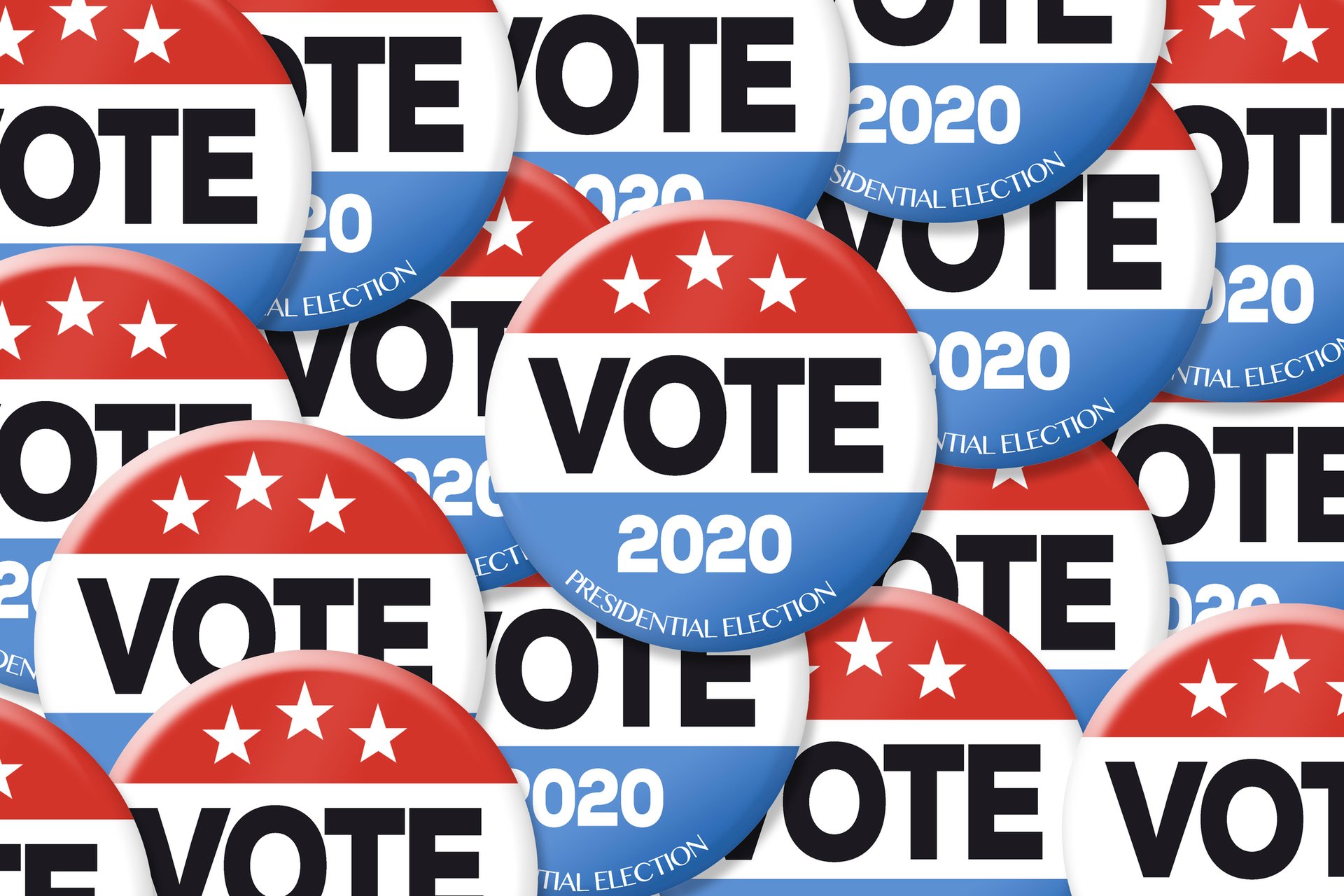Precision and flexibility are key selling points for digital advertising against legacy traditional media. As we’ve seen in the case of television, linear TV suppliers have the local assets and data to offer reach to targeted audiences. But even if these audiences could be reached in an equally precise way as those provided by the direct measurement of digital channels, there is also the issue that audiences for streaming services have grown in recent months. And the money is following. It doesn’t mean that streaming viewers are entirely abandoning linear – they might be “cord shavers,” as opposed to cord cutters – but certainly in order to keep up with migrating TV viewership, digital is a crucial part of the equation for any campaign.
Following the first round of Democratic presidential debates, political campaigns are also poised to take advantage of the latest digital channels and targeting strategies at the national, state and local levels. Kantar Media/CMAG reported digital ad spend increasing from $0.7 billion in 2016 (the last presidential cycle) up to $1 billion in 2018. Local broadcast and local cable, on the other hand, combined for $4.3 billion last year. What changes are to be expected in 2020?
Again, just based on volume, the numbers command attention. Data-management platform (DMP) and audience intelligence provider Tru Optik projects that digital political ad spend will rise to $2.9 billion in 2020 (although their 2016 and 2018 numbers are significantly higher than Kantar: $1.9 billion in 2018 alone). In over-the-top (OTT) and connected TV, they project a rise to $500 – $720 million in political spending this time around, up from $135 million in 2018.
The main selling point, besides the exclusive access to cord cutters, is the way these audiences can be sliced and diced with data. Last week in Cannes, Tru Optik announced their new Political Data Cloud, enabling political advertisers to target voters based on party affiliation, past voting behavior and issue orientation across OTT, CTV and streaming audio, while also creating custom voter segments from over 80 million U.S. homes through publishers and ad tech platforms. This new data offering is pulled from nearly a dozen providers, including firms affiliated with political parties, as well as unaffiliated providers.
Streaming audio is especially of interest for political campaigning, given talk radio’s history in engaging politically minded listeners, and the long-running use of traditional radio’s local reach by political campaigns. Tru Optik expects political spending on streaming audio, including podcasts, to grow, from $38 million in 2018, to as much as $90 million in 2020.
David Wiesenfeld, Tru Optik’s Chief Strategist, told me, “Streaming radio is growing really fast. The ability to target listeners based on voting behavior is relatively new, along with the ability to target more influenceable voters. Streaming radio [is listened to by] Millennials, and we’ve also seen that in streaming television. Also, multicultural consumers are big consumers of streaming media.”
As a player in the digital audio space, Triton Digital will be using this new data for its partners, included among them Pandora and Mediacorp. Their President, Marketing Development John Rosso said, “Radio was the primary media used historically by political campaigns. So much was spent locally, in state and congressional races. What streaming adds is a set of capabilities that radio hasn’t had, including a younger audience and the ability to target audience segments.”
According to Rosso, with all the interest in podcasts, the transition into making podcasts addressable with dynamic ad insertions is underway, though still not widespread. On the streaming radio side, Rosso considers those who listen to the streaming version of radio stations as highly-engaged “superfans,” because they are taking advantage of the service to listen to their favorite programming, even when they’re out of market.
With the sophisticated sources of data available through the Political Data Cloud, campaigns will be able to message the right audience based on their views, regardless of geography. David Wiesenfeld brought up the old war room scenario, where competing parties identify closely contested counties in a state or national election. In the new scenario, campaigns will be able to reach potential undecided voters regardless of location, to boost the overall results in a given state.
“Political advertisers have the ability to find a segment based on their perspectives on issues. If you want to get very granular, for example, you can reach a Republican in a swing state, who is not strong on tax cuts but big on gun rights,” he explained. “You can do that precisely and sync it on a one-to-one basis, from a combination of data sources, for over 80 million households, using the Tru Optik graph.”
He added, “The other thing is that it gives you much more flexibility as issues arise through a campaign…to adjust marketing and messaging in real time…Also this provides efficiency because you’re only reaching those people based on issues you think are relevant. Every impression [advertisers spend on] really counts.”








